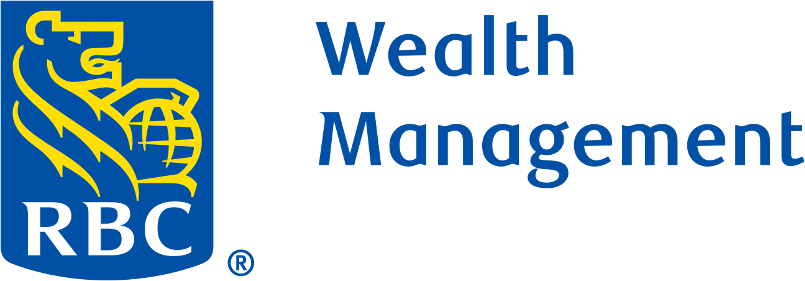Whether it’s a conscious decision to avoid realizing a paper loss or not paying enough attention to your mix of assets, most of us at one time or another have committed a costly investor mistake. Sometimes understanding why we do the things we do can help us avoid the recurring investing pitfalls. The following provides a brief look at why we make some of the most common and expensive investor mistakes.
Hang on and hope?
By far, one of the most common and costly mistakes involves hanging on to a losing stock or investment. In all aspects of life, there is a natural affinity for us to have the big comeback story, one in which we’re down and out but come back to make it big—or at least not lose so badly. That sentiment is similar to how many investors look at a losing stock.
It hurts psychologically to realize that paper loss, so much so that many investors hang on and hope. But the cost of hope sometimes comes with a stiff opportunity cost attached. Not only in the form of a realized paper loss, but also in the opportunity cost of not investing those funds in an alternative investment with the likelihood of a better return.
While a lot of investors don’t want to realize a paper loss, some do the exact opposite— they avoid a realized gain to avoid its tax consequences. That disdain for paying taxes can lead to holding on to investments too long, turning a tax penalty into an investment loss that more than offsets any tax consequences. Also, as a paper gain mounts, not taking some funds off the table can lead to a portfolio that is heavily weighted in one stock or investment.
False sense of diversification?
Investors who hold several different mutual funds may consider themselves fully diversified. However, if those mutual funds have the same investment objective, an investor could be living with an inaccurate sense of diversification. Holding three mutual funds that focus on small-cap growth companies does not mean your portfolio is balanced. Investors need to make sure they understand the objectives of the funds they are holding. One fund may consist of small cap growth stocks, while another fund could focus on large cap value stocks.
Buying after a sudden drop
To many investors, a cheap price equals a good deal. They don’t look past the market price of a stock to determine its relative value. And chances are a recent, precipitous plunge is likely the result of a significant change of circumstances in the company. Conversely, just because a company provides good products and is run well doesn’t necessarily mean that buying its stock at any price is a good deal.
Often investors buy at any price if the company is good enough.
But if a company is well understood to be a solid, profitable company, chances are its share price may already reflect the expectations of the market for some time out.
Next best thing or excessive trading?
Everybody wants a piece of a shining star, and many investors catch a news bite or see a company’s stock highlighted in the media and figure it’s the next hot stock. After a while, and the more they hear about it from other sources, investors may feel confident enough to buy. But chances are by then it’s probably too late. A stock that’s a media darling most likely already has had a lot of expectations built into its price.
In life, some people spend time always looking for the next best thing or greener pastures. For investors, the tendency to look for and trade into the next best investment can lead to excessive trading. That churn effect on investing can represent another costly investment mistake and can significantly impact any gains on the investments.
These issues don’t cover all the common and costly mistakes that investors make, and highlight some of the reasons behind those mistakes. As the saying goes, those who do not learn from their mistakes are doomed to repeat them. Sometimes knowing why you made them in the first place provides the greatest aid to avoiding that repetition.

